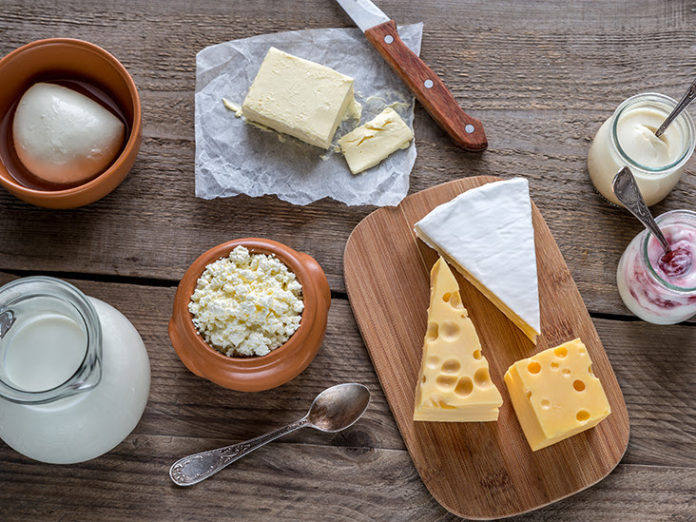
By Anna Schaefer
Overview
When it comes to cheese, people often say they love it so much they can’t live without it — but hate that it can make you fat and causes heart disease.
The truth is that cheese is what you call a whole food. Whole foods are generally good for you, as long as you don’t eat too much of one thing.
In this article, we’ll give you all the information you need to make healthy choices about eating cheese.
Health benefits
Cheese is a great source of calcium, fat, and protein. It also contains high amounts of vitamins A and B-12, along with zinc, phosphorus, and riboflavin.
Cheese made from the milk of 100 percent grass-fed animals is the highest in nutrients and also contains omega-3 fatty acids and vitamin K-2.
According to several studies, cheese — and dairy products in general — could work to protect your teeth from cavities. In a Danish study from 2015, more children with an above-average dairy intake were cavity-free after three years than those with a below-average intake.\
Conjugated linoleic acid (CLA)
High-fat cheeses like blue cheese, Brie, and cheddar contain small amounts of conjugated linoleic acid (CLA).
Research has suggested that CLA may help prevent obesity, heart disease, and reduce inflammation. Cheese (and other high-fat dairy products, like whole milk and butter) from 100-percent grass-fed animals contains more CLA.
Not only does dairy fat include CLA, according to a research review that looked at dairy consumption and heart health, full-fat dairy products appear to provide greater nutrition and have anti-inflammatory properties.
Fermented dairy products, such as yogurt and cheese, may have an even clearer positive effect on cardiovascular health.
Unfortunately, when dairy is pasteurized with high heat, some beneficial compounds — such as good bacteria and enzymes — are significantly reduced.
Risks
Some people are sensitive to cheese. Cheese contains lactose, a sugar that can’t be digested by lactose intolerant people because their bodies lack the enzyme that breaks it down. In these cases, too much lactose can lead to digestive problems including gas and bloating.
Fortunately, some cheeses are very low in lactose, such as Parmesan. People with lactose intolerance may be able to tolerate these.
People can also be allergic to casein, one of the main proteins found in milk, in which case a low-lactose cheese wouldn’t help.
Cheese is also a calorie-dense food. Depending on the variety of cheese you eat, you’re getting about 100 calories per ounce.
It’s also usually loaded with sodium, which makes it easy to overeat and can be an issue for people with high blood pressure.
Cheese is also high in fat, and some experts, though not all, still advise limiting your intake of saturated fat.
Finally, cheese contains no fiber, and excessive intake of pasteurized dairy may cause constipation.
Nutrition facts
Nutrition profiles vary widely from one type of cheese to the next. For example, mozzarella contains 85 calories and 6.3 grams of fat per ounce.
Compare that to Brie, which has 95 calories and 7.9 grams of fat per ounce, and cheddar, which has 113 calories and 9 grams of fat.
If you want to stick with lower-calorie cheeses, try part-skim mozzarella, Swiss cheese, and feta cheese.
If sodium is a concern, try Swiss, which contains only 20 milligrams per ounce.
Stay away from harder cheeses, as they require more salt in the aging process. Also, you can look for lower-sodium varieties of your favorite cheeses.
The takeaway
In general, cheese is a healthy and delicious source of many nutrients.
Occasionally snacking on cheese or having a few crumbles with your salad or sprinkled over vegetables isn’t likely to cause any problems, unless you’re lactose intolerant or allergic.
What can push you into unhealthy cheese consumption is what’s under your cheese and how much of it you eat. The pizza crust, crackers, tortilla chips, and bread can cancel out the benefits of the healthy, whole foods you put on top.
In some areas of the world where people live the longest, known as “Blue Zones,” they eat small amounts of full-fat dairy products, including cheese, and large amounts of fruits, vegetables, legumes, whole grains, olive oil, and seafood.
Culled from Healthline
















